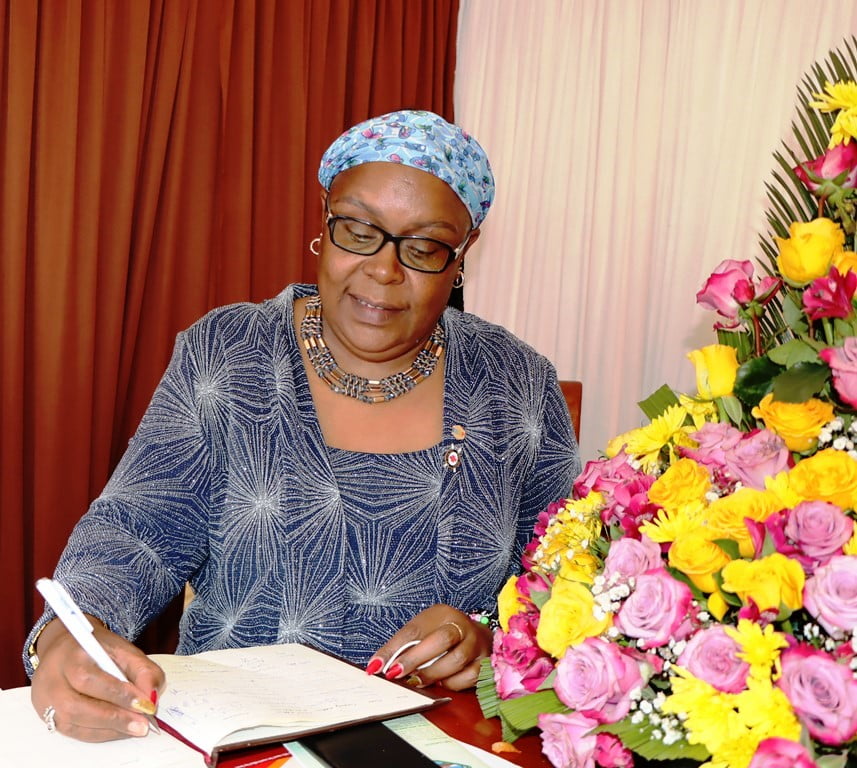By Obegi Malack
obegimalack@gmail.com
Teenage girls are using more substances than boys, research indicates.
Tests that Elewa Ulevi Consultancy has conducted in collaboration with the National Authority for the Campaign against Alcohol and Drug Abuse (NACADA) have shown that both genders are using drugs indiscriminately, but the girls have pushed the levels higher than it was previously believed.
Elewa Ulevi Consultancy Director Dr Susan Gitau said there are many cases where drug abuse in schools goes on undetected.
“In our schools we have always said it is a boys’ problem, yet girls are smoking more and using more substances. Initially it was boys but both sexes are now affected,” she dissected.
Gitau, a counseling psychologist at International Certified Addiction Professional (ICAP III), said cannabis is used because of falsehoods attached to the drug such as the belief that it makes one clever.
“Parents think the school does not want their children, but immediately you test their samples, the parents (especially women) collapse in my office. They even believe the tests are faulty and demand for more tests,” she recounts, adding that every time they do toxicology, they send the results to NACADA.
Nevertheless, some drugs are laced in prescription drugs such as antipsychotics.
In some other instances, girls insert marijuana in their genitalia ostensibly to prevent pregnancy and protect against sexually transmitted diseases and HIV. Heroin is also mixed with marijuana and is called a cocktail. According to the organization’s data, cannabis and tobacco products are the most abused drugs by teens followed by alcohol.
Addressing participants in the just concluded seventh edition of the Catholic Schools Principals Association (CaSPA) conference in Nairobi, Gitau said students have abused drugs without the knowledge of their teachers and significant others in learning institutions.
Majority of the students are not using the drugs to get high but to run away from pain or situations that they cannot control. Parents on their part are in denial and need more education.
“We build their skills, self-esteem and self-awareness; we guide them on how to solve their problems,” she said.
The good news is that most students have not reached substance use disorder levels as they are still in the early stages where they can be helped.
She said schools should not throw those affected out of school since they will join other schools and recruit more to their side. Instead, therapy should be done by first understanding why they drove into drugs.
NACADA’s director of Public Education, Advocacy, Rehabilitation and Regional Coordination Yvonne Olando said studies by NACADA on drug abuse show alcohol as the primary drug followed by tobacco, khat, cannabis and heroin, with national prevalence hanging around 12.2 per cent. About 10.4 per cent of Kenyans are alcohol-dependent, thus cannot function without alcohol and therefore need treatment.
In secondary schools, 23.4 per cent of students have ever consumed alcohol, but lower rates of miraa, prescription drugs and tobacco consumption.
Prescription medication is leading in primary schools at 10.4 per cent, a dangerous trend as it affects the liver directly. It is abused for leisure and as an anti-depressant.
Some of the predisposing factors are drink-at-home parents who developed the habit especially during the height of the Covid-19 pandemic. Others are peer pressure, pornography, gender-based violence, early sexual exposure, teenage pregnancy, incest, child labour, sexualism, lesbianism and gambling.
Some of the indicators of drug abuse among learners include poor performance in school and at home, lack of motivation for fun and exciting activities and constant complaints of nightmares at night, among other signs.
Elewa Ulevi has been instrumental in initiating drug abuse awareness and cessation programmes, establishing support mechanisms such as peer, individual and group counseling, building mentorship programmes, family therapies, and assisting organizations implement workplace policies, as well as carrying out baseline surveys to enable them come up with evidence-based solutions.






